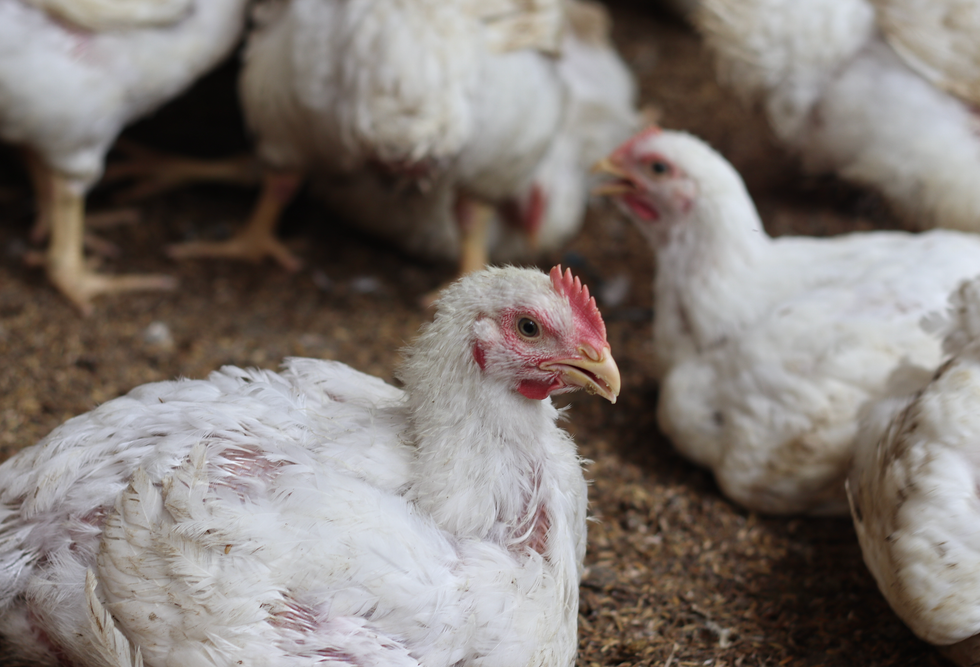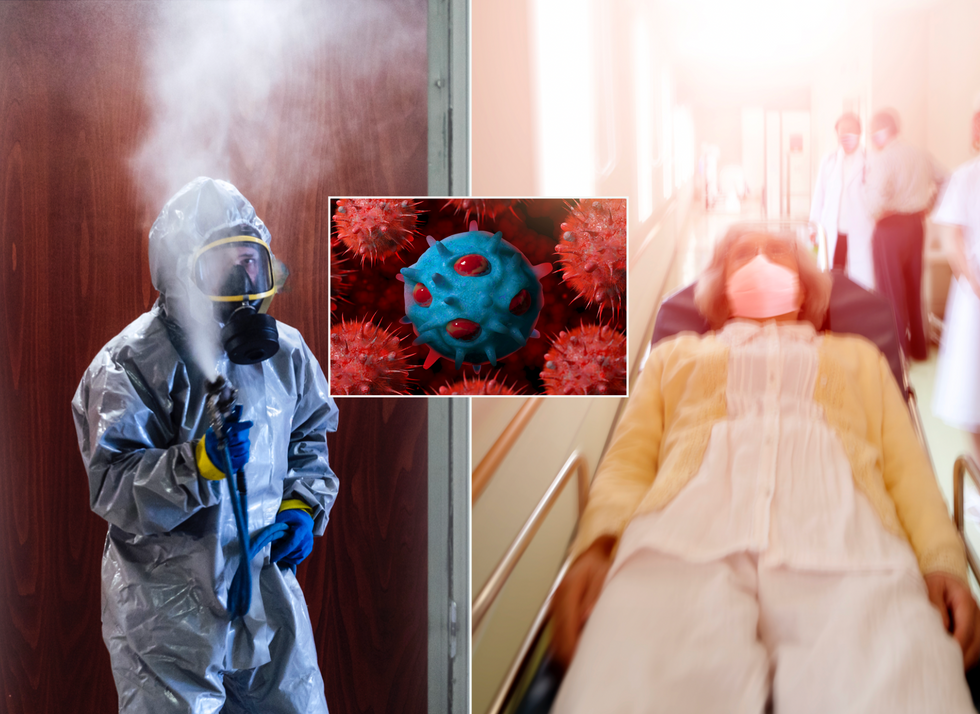Urgent health warning as 'slow-motion pandemic' with a '50% mortality rate' makes jump to humans

Scientists are warning bird flu is 'unfolding in slow motion' and the time to act is now
|Getty Images

The multistate outbreak in cows made the jump to humans for the first time in April, the Centers for Disease Control and Prevention (CDC) reports
Don't Miss
Most Read
Scientists are urging the world to wake up to a deadly pandemic 'unfolding in slow motion' and take active measures to prevent human-to-human transmission.
The warning comes amid an ongoing outbreak of avian influenza A (H5N1), or bird flu in dairy cows in the US. On April 1, the Centers for Disease Control and Prevention (CDC) confirmed what is believed to be the first mammal-to-human spread of the virus after a person came into contact with dairy cows in Texas that were presumed to be infected with the virus.
Two months later, A 59-year-old man in Mexico died with a type of bird flu - H5N2 - never recorded in people before now.
Before his death, he developed fever, shortness of breath, diarrhoea, nausea and general malaise - symptoms consistent with this infectious type of influenza.
Health officials have ruled out a connection to the outbreak across the border, although cases have been reported in some poultry farms in Mexico.

Cases have been reported in some poultry farms in Mexico
|Getty Images
Connected or not, bird flu is trending in the wrong direction. The United States Department of Agriculture has recorded 56 cases in livestock herds over the last 30 days.
"It almost seems like a pandemic unfolding in slow motion," said Scott Hensley, a professor of microbiology at the University of Pennsylvania.
"Right now, the threat is pretty low ... but that could change in a heartbeat," he told Reuters.
Federal surveillance of US dairy cows is currently limited to testing herds before they cross state lines.
State testing efforts are inconsistent, while testing of people exposed to sick cattle is scant, government health officials and pandemic flu experts told Reuters.
"You need to know which are the positive farms, how many of the cows are positive, how well the virus spreads, how long do these cows remain infectious, the exact transmission route," said Dutch flu virologist Ron Fouchier of the Erasmus Medical Center in Rotterdam.
This lack of coordination is making the prospect of a person-to-person bird flu transmission more real with every passing day.
“I really do think it’s very likely that we will, at some time, it’s not a question of if, it’s more of a question of when we will have a bird flu pandemic,” former director of the US Centers for Disease Control and Prevention (CDC), Robert Redfield told NewsNation.
 Bird flu could kill up to 50 percent of infected humans, warns former CDC director | Getty Images
Bird flu could kill up to 50 percent of infected humans, warns former CDC director | Getty ImagesAccording to the CDC, the spread of the virus among cows is a sign that it could mutate in them, potentially making it easier for the virus to spread to other animals and make the leap to humans.
Given that Redfield puts the mortality rate from bird flu, at “somewhere between 25 and 50 percent", this should raise alarm bells.
In contrast, Covid-19 had a mortality rate of 0.6 percent.
Researchers have found that five amino acids have to change their key receptor for bird flu to start spreading between humans like Covid.










